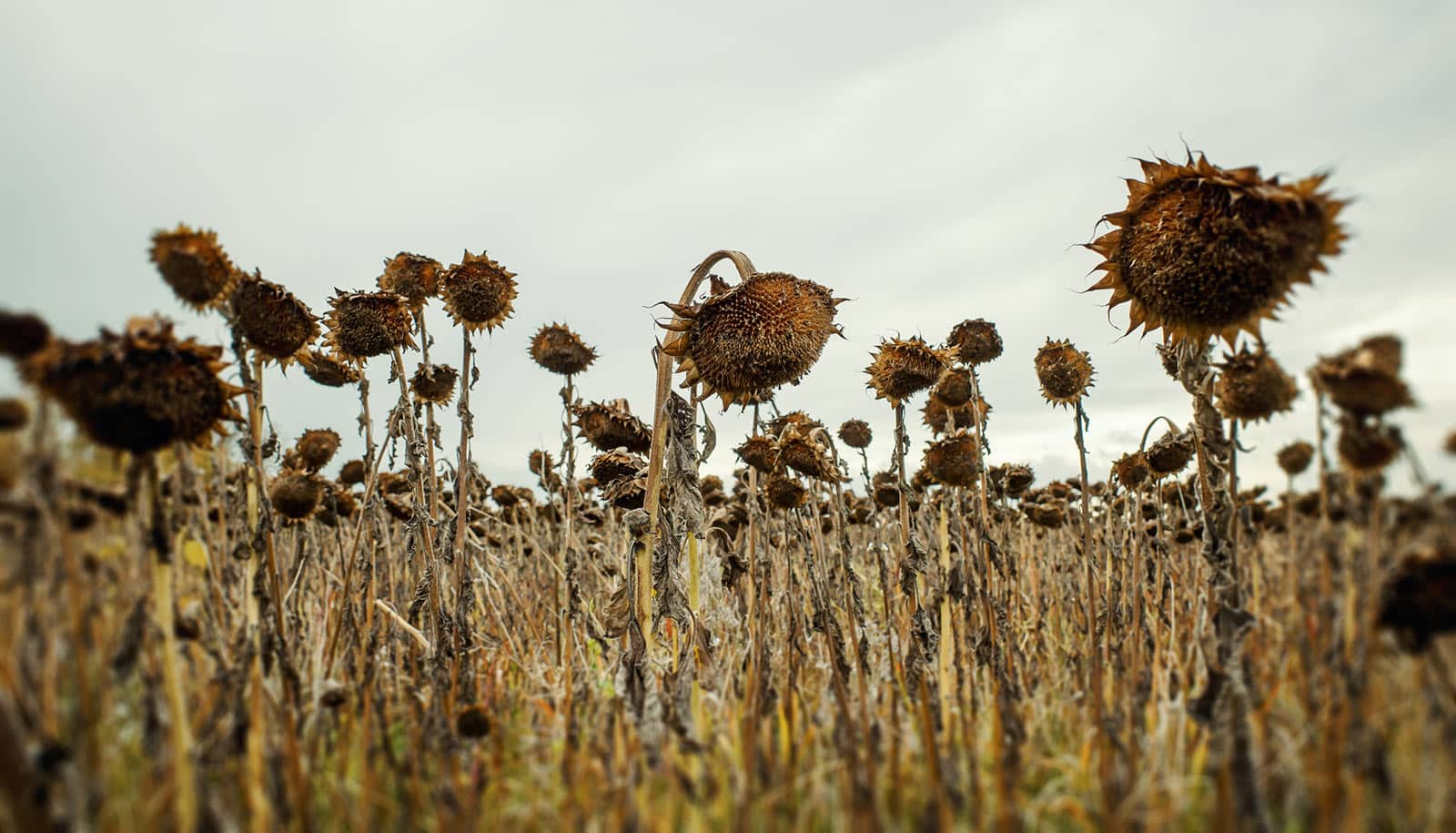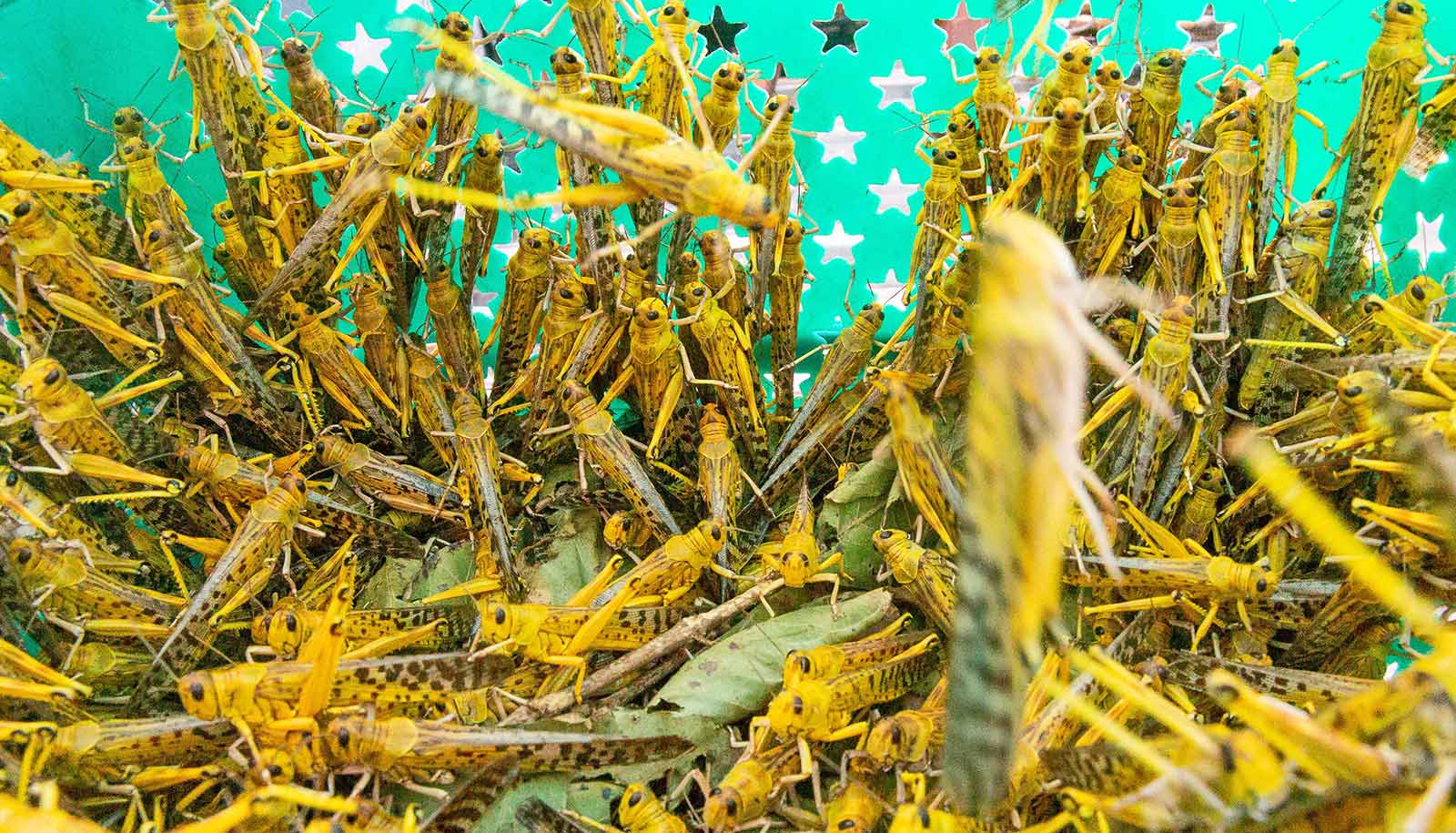Plant disease surveillance, improved detection systems, and global predictive disease modeling are necessary to mitigate future disease outbreaks and protect the global food supply, according to a team of researchers.
Plant diseases don’t stop at national borders and miles of oceans don’t prevent their spread, either. The recommendations appear in a commentary published in the Proceedings of the National Academy of Sciences.
The idea is to “detect these plant disease outbreak sources early and stop the spread before it becomes a pandemic,” says lead author Jean Ristaino, professor of plant pathology at North Carolina State University. Once an epidemic occurs it is difficult to control, Ristaino says, likening the effort to efforts to stop the spread of COVID-19.
“Globalization means that agriculture and food supplies are increasingly interconnected…”
“We’ve seen how important information sharing, data analytics, and modeling have been in responding to the COVID-19 pandemic. These types of tools could also be leveraged to help build resilience to future plant disease outbreaks—from identifying risk in global crop trade networks to local citizen science monitoring,” says coauthor Graham MacDonald, assistant professor in the geography department at McGill University.
While some diseases are already under some sort of global surveillance—such as wheat rust and late blight, an important pathogen that affects potatoes and caused the Irish famine—other crop diseases are not routinely monitored.
“There are a few existing surveillance networks, but they need to be connected and funded by intergovernmental agencies and expanded to global surveillance systems,” says Ristaino. “We can improve disease monitoring using electronic sensors that can help rapidly detect and then track emerging plant pathogens.”
The researchers say the efforts from a wide range of scholars—so-called convergence science—are needed to prevent plant disease pandemics. That means economists, engineers, crop scientists, crop disease specialists, geneticists, geographers, data analysts, statisticians, and others working together to protect crops, the farmers growing crops, and the people who eat them.
Research is underway to model the risk of plant pathogen spread and help predict and then prevent outbreaks, they report in the paper. Modeling and forecasting disease spread can help mobilize mitigation strategies more precisely to stop pandemics.
Global plant disease outbreaks are increasing in frequency and threaten the global food supply, the researchers say. Mean losses to major food crops such as wheat, rice, and maize ranged from 21% to 30% due to plant pests and diseases, according to a paper published in 2019.
Take the case of bananas, specifically the Cavendish variety, which has no resistance to a specific pathogen called Fusarium odoratissimum Tropical race 4, which causes Panama disease. That pathogen spread rapidly from Asia to Africa, the Middle East, and recently into South America, where it affects the main type of banana grown in the Americas for export.
Climate change will likely exacerbate these outbreaks, the researchers say. In Africa, for example, climate change and drought in Saharan Africa affects the population and range of locusts, which devastate crops further south in sub-Saharan Africa. Climate data can help drive disease forecasting and spread models.
“More frequent rainfall can allow airborne plant pathogens to spread and fungal spores can move with hurricanes, which is how soybean rust came to North America from South America—via storms,” says Ristaino. “There are also cases of early emergence, when pathogens emerge earlier in the growing season than usual due to warmer springs.”
In addition, the global nature of food trade is driving some plant disease pandemics. The emergence of new harmful plant pathogens adds other risks to the food supply, which is already strained by growing global demand for food.
“Globalization means that agriculture and food supplies are increasingly interconnected across national borders. Analyzing these crop trade networks combined with greater information sharing among countries can help to pinpoint risks from pests or diseases,” says MacDonald.
The researchers say there is a need to link human global health and plant global health scientists to work together. Food security and livelihoods are linked to agriculture and human health is linked to the food we consume.
Source: McGill University


